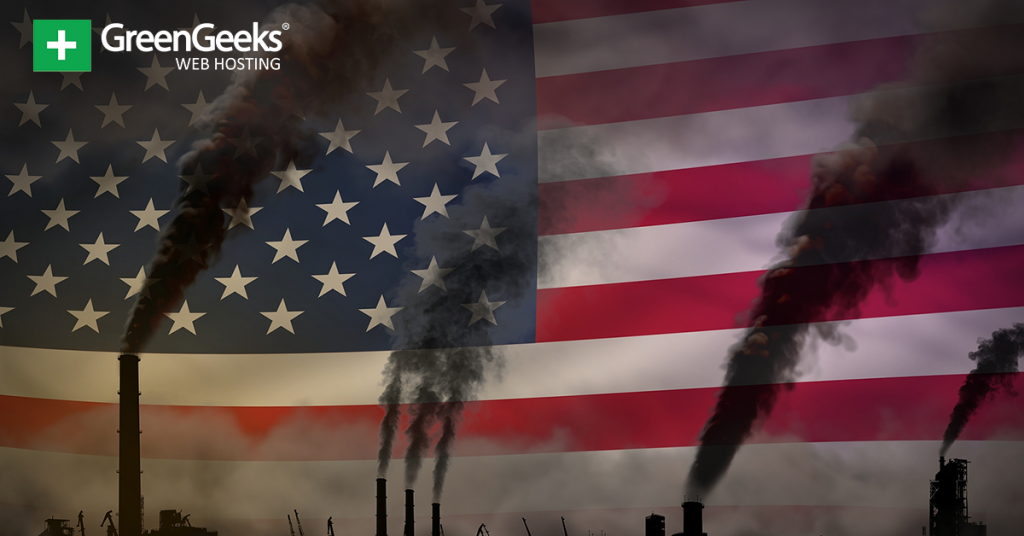In 2017, President Trump announced he was leaving the Paris Agreement. And on November 4th, 2020, the United States has become the first country to leave the Paris Agreement. However, the country is free to rejoin at any time.
The goal of the agreement is to limit the temperature from rising by 1.5ºC (2.7ºF) by the end of the century. However, to reach these goals, major changes need to made by 2050. This is because we are getting extremely close to the point of no return.
And as the world’s second-biggest emitter, the United States is a significant part of reaching that goal.
Why Did it Take So Long to Leave?

If you are curious why it took 3 years to withdraw from the agreement, it is because the process is very long and it was made that way intentionally.
First, according to a stipulation in the Paris Agreement, no country could leave the agreement until the 3 years had passed since its ratification.
And secondly, after the formal announcement is made, the country must serve in the agreement for 12 months.
As a result, it took a considerable amount of time for the United States to formally withdraw.
What Impact Will This Have?
While the United States has left, 195 countries remain in the Agreement. However, there is fear that with its departure, the remaining nations may slow down.
And this is while scientists are urging countries to ramp up their efforts.
However, it’s important to note, that in recent years, the Trump administration has used any opportunity to promote fossil fuels at events. Thus, even though they have been in the agreement for years, they haven’t exactly been leading the charge.
Other countries such as Russia and Saudi Arabia have also been critical of the agreement. As a result, some fear the exit will lead to more nations following suit.


